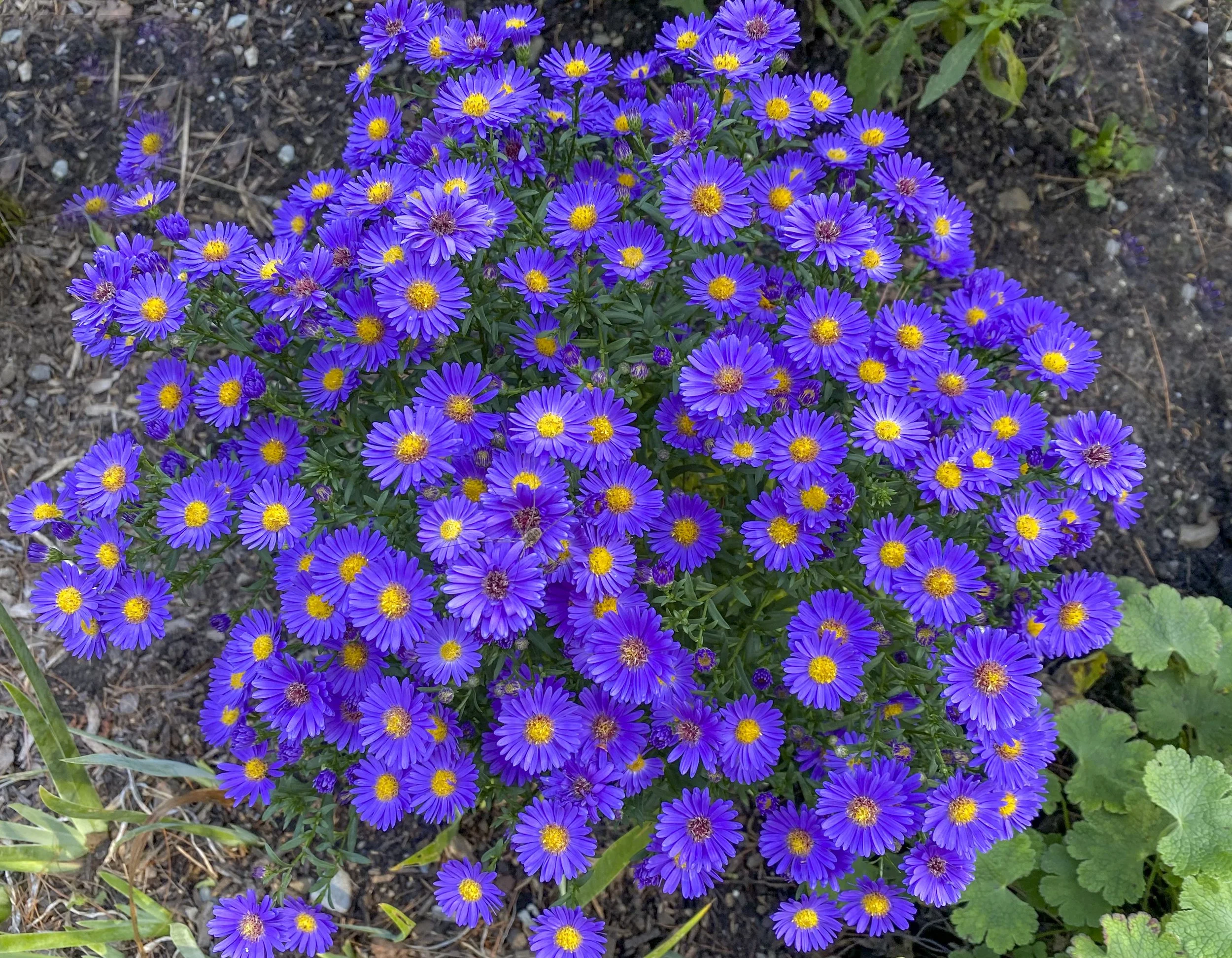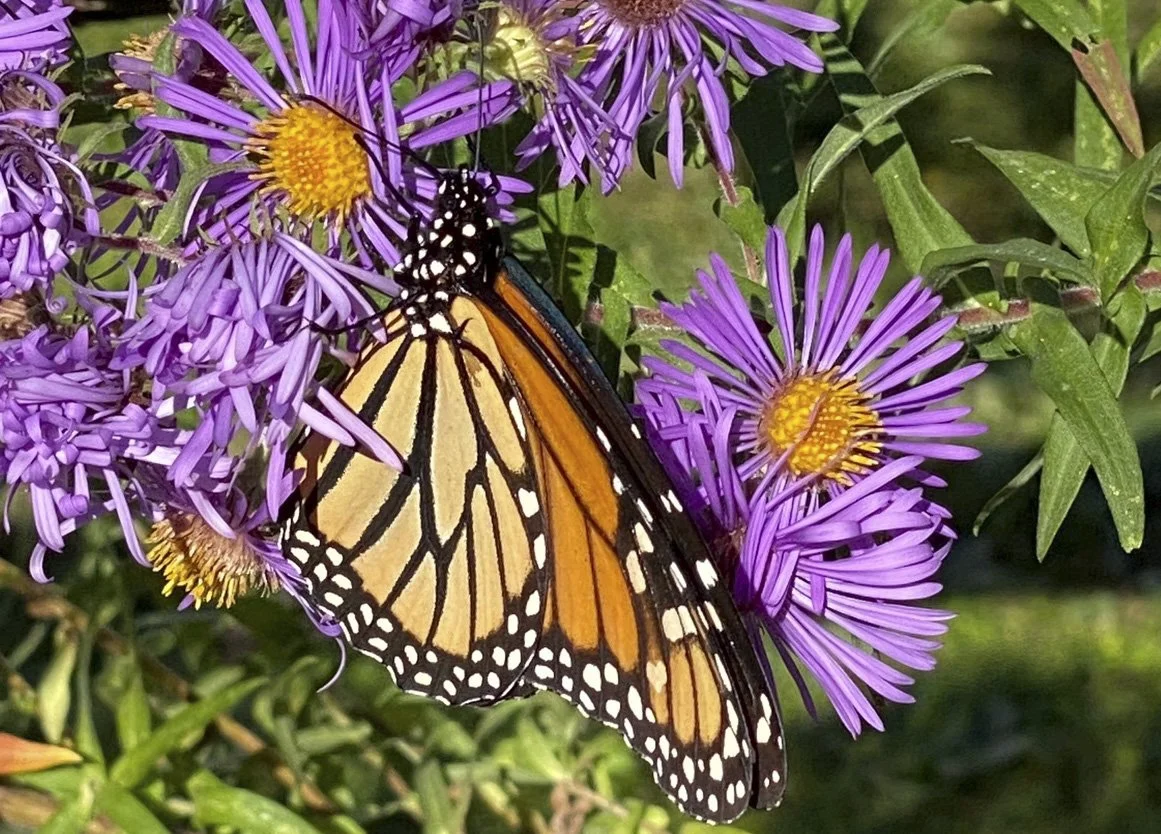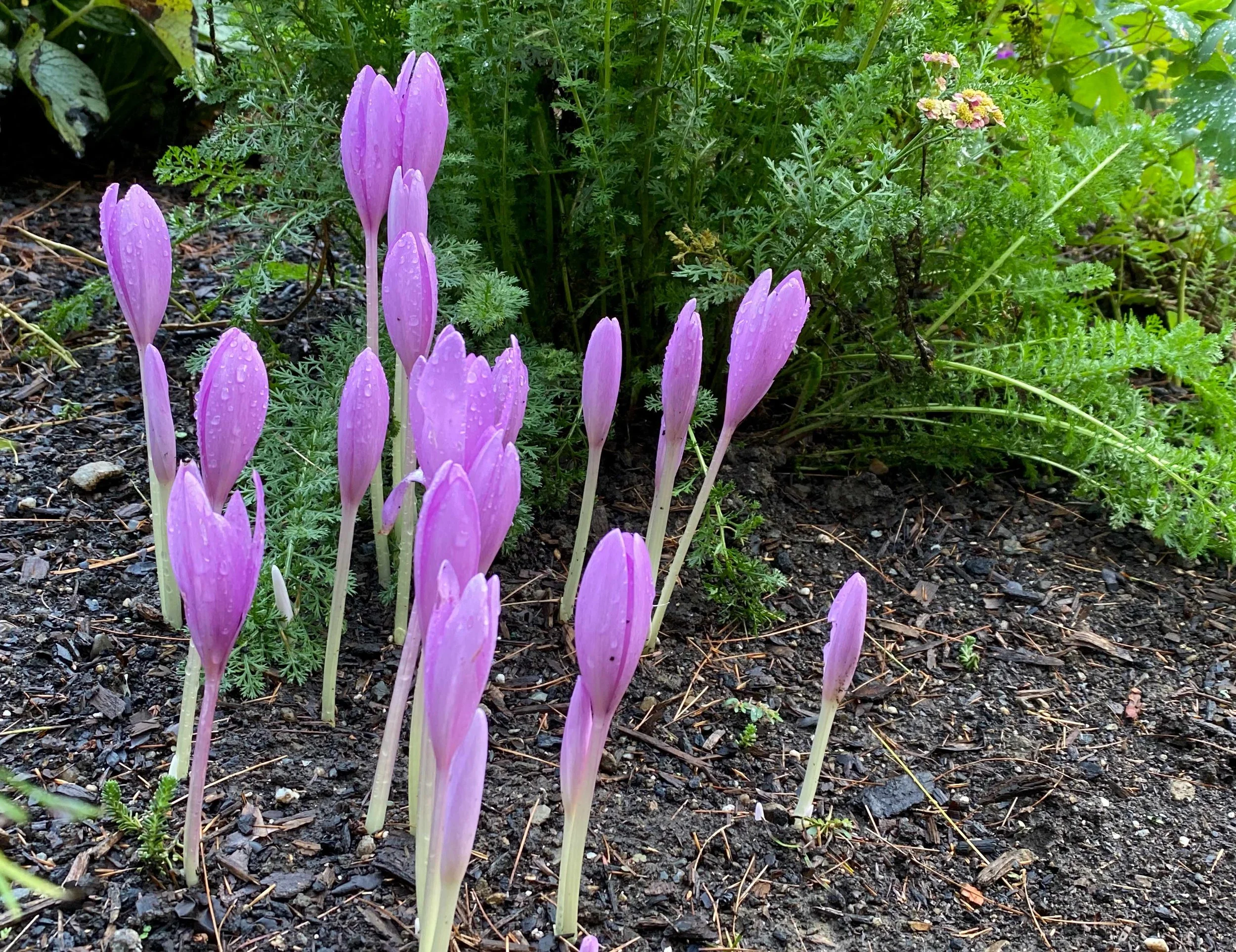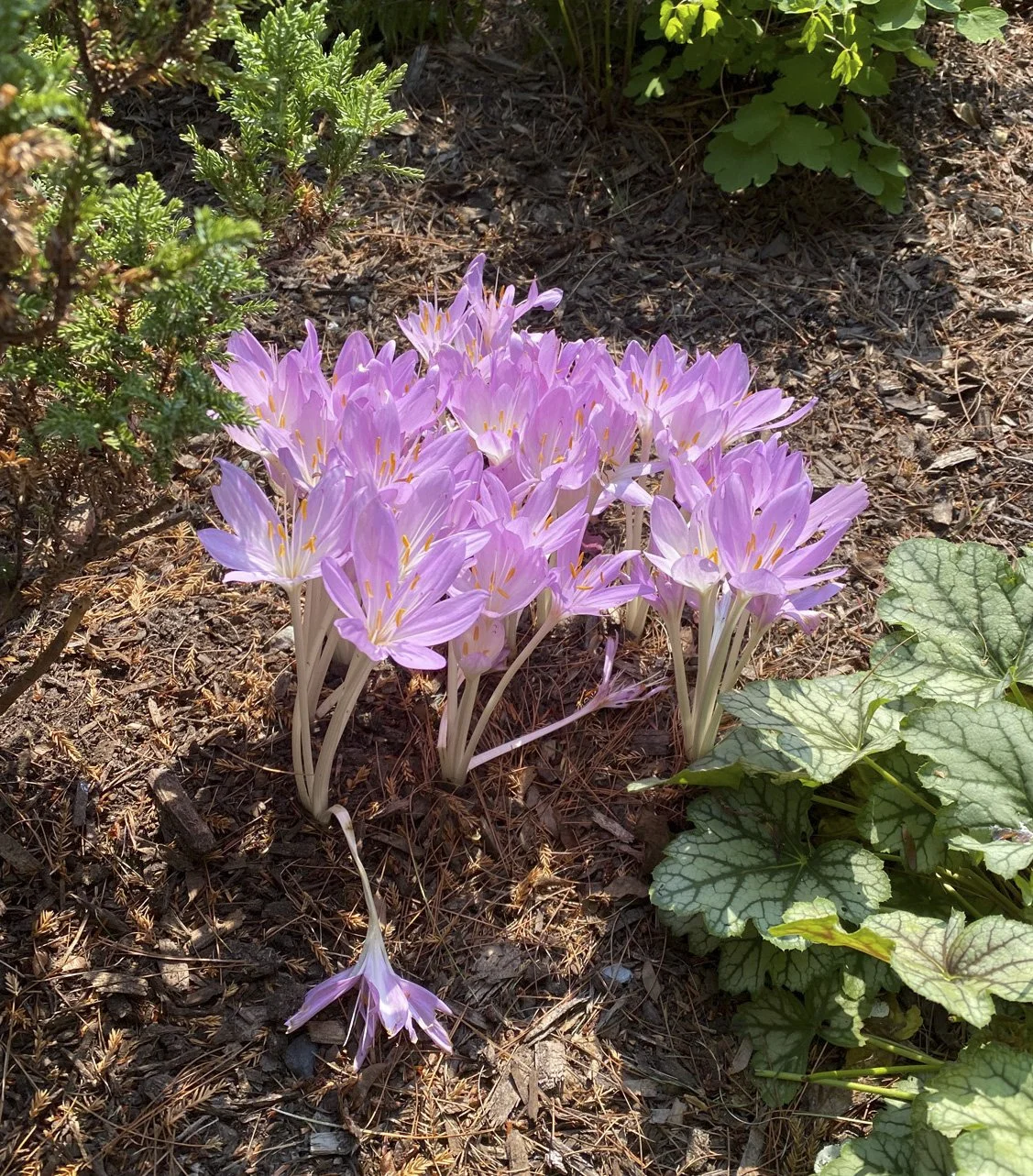Celebrating the Fall Equinox
fall asters
As I write, the fall equinox is upon us. A sense of balance is in the air with days that make for half sun and half night, light and darkness. “The times they are a’changin.” Gradually, almost imperceptibly, New England maple leaves have been offering their subtle hint of warm colors. Come the first frost though, many will be “blowin’ in the wind”.
But let’s not forget what has been blooming and delighting the eyes in September. In a different light, they seem to positively glow. There is a sense of time suspended.
Goldenrod or solidago
Native to here are the many species of Asters that range in color from white, to pale blue, and purple. And then we have the ubiquitous and “commonplace” tall and bending Goldenrods overflowing in fields and lining roads since late summer. Not often chosen for ornamental gardens, they can be appreciated, however, in British gardens for example. Of course, some flora rated as a weed — or simply boring here can be valued The same case in reverse. And, Goldenrods have apparently escaped gardens in Europe and are now considered invasive. You can’t win…
Joe Pye Weed, as seen above, is another native plant . Interestingly, many plant names with the term “weed” including Milkweed and Ironweed, were so named by settlers because they were unknown to them. Milkweed or Aslepias syriaca, native east of the Rockies and a different species than Joe Pye Weed, is particulary important to the ecosystem as a unique and crucial feeding source for monarchs’ larvae and caterpillars. Later, in their butterfly stage, they can thrive on numerous other flowers such as the heavenly-scented Butterfly-bush, native to China. Just now, they are beginning their long three thousand migratory routes between Southern Canada and Mexico. How impressive that in the span of a year comprising four generations the new generation knows where to return. This phenomenon has been a mystery for decades.
Milkweed, often unattractive to other creatures for its a milky sap, a form of latex, is their sole resource for reproductive survival. Much reduced by habitat loss due to developments and industrial farms that use pesticides such as Round-Up, including them in our gardens may help reverse the monarchs’ astounding and disturbing 90% population loss since 2018.
Below, are two photos of Milkweeds’ fleeting beauty which seem to explode in whirls of silky threads with seeds resembling mini coffee beans.


Almost as a teaser that spring is sure to return in six months, are Colchicum or Autumn crocus flowers. Unique to fall they suddenly seem to pop up in my garden in mid-September. This is the case too with the ‘Infinity’ Iris also seen here
Before ending, I’d like to offer a few photos from my garden and neighborhood which inspired me to write this piece.



NOTE: In case you’re wondering what the tall, curving perennial is in front of the hydrangea, it’s Cimicifuga (now named Actea), also known as snakeroot and bugbane. Apparently it repels bed bugs!
Here are some good websites to learn more about native plants and also monarchs:https://monarchjointventure.org/








